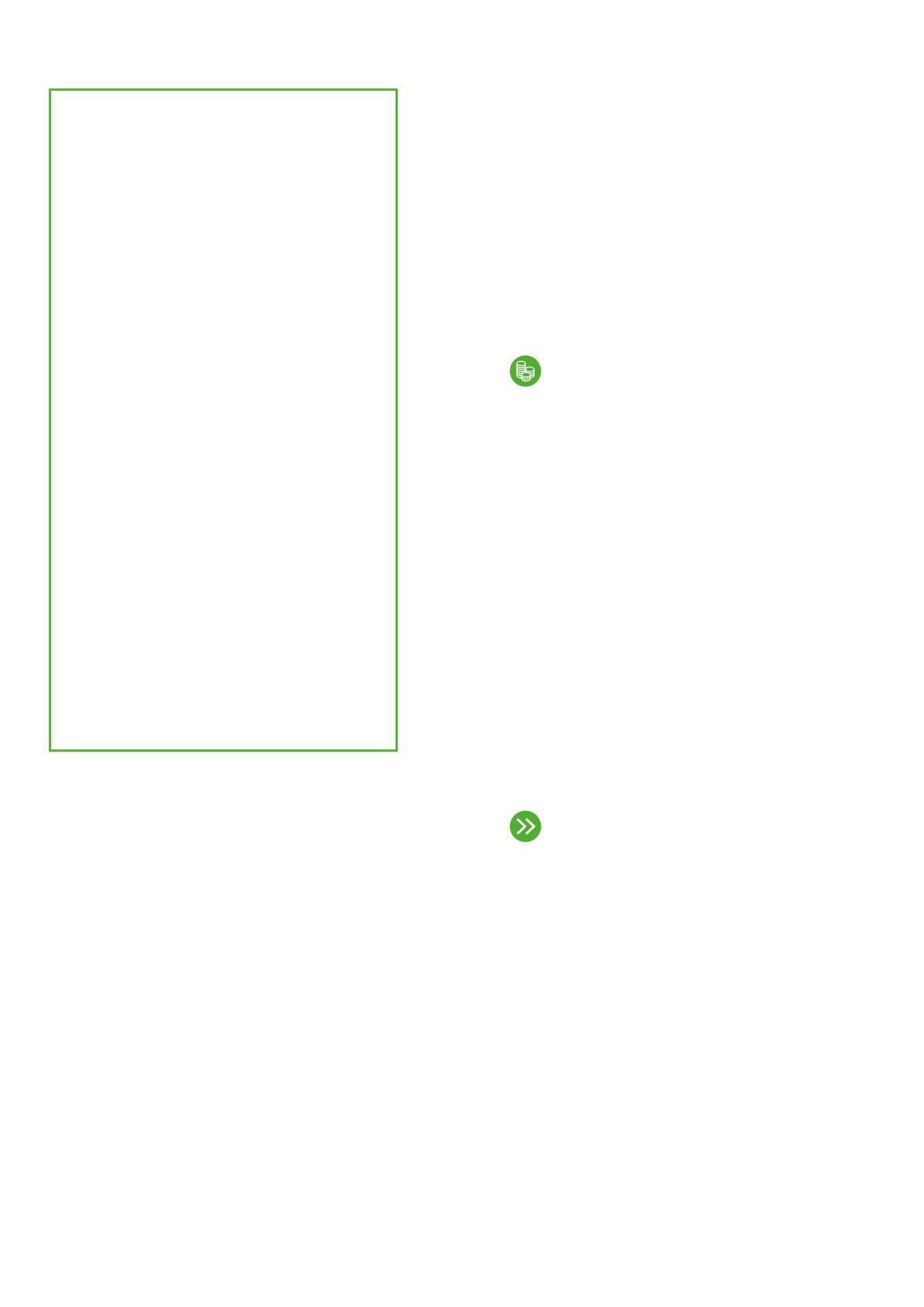

10
The course runs for 10 months, during which time
children practice basic mathematics, literacy, and arts
and crafts. The classes are conducted in an interac-
tive manner using play as the main learning tool.
To evaluate the effectiveness of ECD classes, Save
the Children assesses the children’s knowledge and
skills both before and after the 10-month period. The
assessment is conducted by ECD teachers through
performance observation based on the indicators
provided by the National Institute of Education, includ-
ing: gross and fine motor skills; emotional, personal,
and social development; cognitive and speaking
skills; safe behaviour; and attitude towards learning/studying.
To date, the model has been piloted and scaled-up in
19 rural communities of Armavir, Aragatsotn, Geghar-
qunik, and Lori provinces and of the capital, Yerevan
city. As noted above, since the model is school-based,
the state takes over the established ECD classes,
providing per-capita funding for children aged 5–6
years (based on the Preschool Education National
Strategy). However, there is still a need for advoca-
cy with the government for inclusion/targeting of
smaller children (aged 3–4) in this strategy, including
appropriate budget allocation. At this point, Save the
Children provides on-going guidance and monitoring
of established services while moving on to other com-
munities for the establishment of new ECD centres.
FUNDING:
Involved for more than two decades
Save the Children Switzerland and Medicor Founda-
tion fund the project in Armenia. Save the Children
has been working in Armenia since 1993, earning a
high reputation for delivering quality programmes for
children and establishing strong and influential rela-
tionships with government and civil society networks.
During this time the organization has managed over
$60 million in aid programmes to support the most
vulnerable populations of Armenia.
The Armenian Government contributes 124,000
AMD (app. EUR 227) to schools per child/per year
(high mountain regions receive 20 percent more).
There is no state regulation to provide a separate
budget allocation for children with disabilities in kin-
dergartens and ECD centres, because as yet there is
no institutionalized Inclusive Preschool Education in
Armenia.
OUTLOOK:
High transferability
In recent years the Government of Armenia has taken
important steps to legislate Inclusive Education,
which became a national policy in 2005. The Law on
Mainstream Education (which has merged previous
laws on special education and mainstream education)
stipulates that by 2022 all mainstream schools in
Armenia will be inclusive.
In November-December 2015, Save the Children
was involved and co-led the process to develop the
Education Development National Programme for
2016–2025, and Inclusive Pre-school Education was
one of the priority recommendations outlined by Save
the Children.
The approach of low-cost, school-based inclusive
ECD can be adapted to any country context both for
rural and urban settings.
FACTS AND FIGURES:
21 centres all over the country
The project achievements in the period of
2011–2015 were the followings:
• Save the Children provided access to ECD
services for more than 3,600 children in
19 rural communities of Armenia and 2
centers in the capital Yerevan; the children
completed a 10-month pre-school pro-
gramme and were successfully enrolled in
primary school.
• Capacity-building was provided to 48 ECD
teachers on ECD and parental education
methodology, resulting in enhanced knowl-
edge and skills of 2,452 parents and car-
egivers on child health and development.
• 21 Parental Resource Centres were estab-
lished and parental classes conducted for
parents/caregivers of children aged 0–6
years.
• The Armenian Government subsidized the
operational costs of newly established
school-based ECD centres, providing per
capita funding.
• A parents’ manual was published address-
ing early childhood development, health,
and violence against children.


















